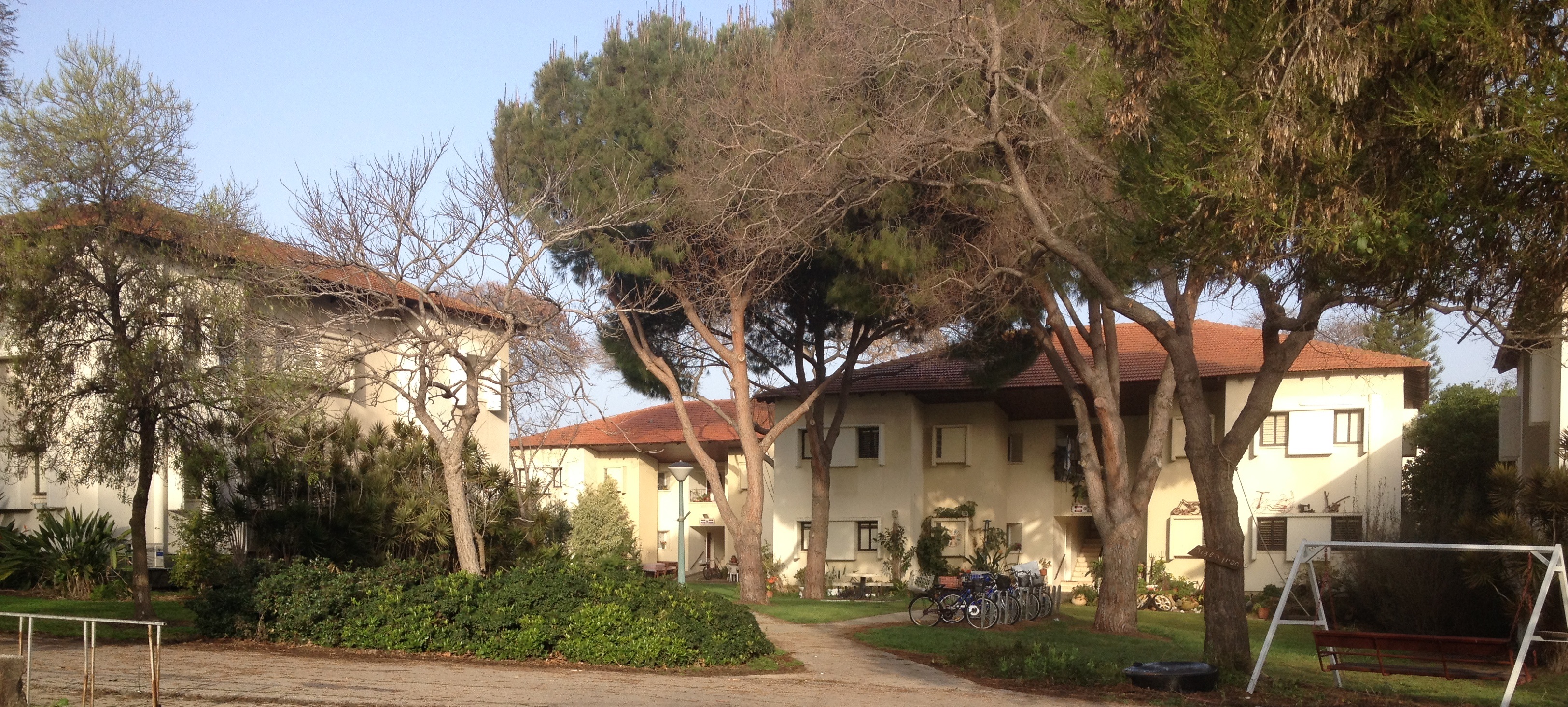
The Psychology of Hope
Snyder, Irving & Anderson (1991, as cited in Snyder, 2000, p.8) define hope as “a positive motivational state that is based on an interactively derived sense of successful (a) agency (goal-directed energy) and (b) pathways (planning to meet goals)”.
Hope theory can be subdivided into four categories: goals, pathway thoughts, agency thoughts and barriers. Goals that are valuable and uncertain are described by Snyder (1994, as cited in Snyder, 2000, p.9) as the anchors of hope theory as they provide direction and an endpoint for hopeful thinking. Pathway thoughts refer to the routes we take to achieve our desired goals and the individual’s perceived ability to produce these routes (Snyder, 2000). Agency thoughts refer to the motivation we have to undertake the routes towards our goals. Barriers block the attainment of our goals and in the event of a barrier we can either give up or we can use our pathway thoughts to create new routes.
If hope can be defined, it follows that it can also be measured. Snyder developed a scale which I have attached to this paper.
There are several criticisms of hope theory and its measurement that can be applied to all of the questionnaires assessed so far primarily the fact that it is culturally subjective and not related to the rest of the world, but I still find it very interesting because those criticism are related to the how of the scale and not the “if” such a scale can be created and the usefulness of it as a tool in assessing, caring and healing people and maybe even societies.
Hope Therapy
A growing body of research suggests that hope therapy is a potent way to fight symptoms of depression. It makes sense that the presence of hope is consistently associated with fewer symptoms of depression, but the good news is that hope is something that can be taught and can be developed in many of the people who need it.
Psychologist Jennifer Cheavens measured hope in people using a 12-item questionnaire developed by her mentor, the late C.R. Snyder of the University of Kansas. In this measure, hope has two components: a map or pathway to get what you want, and the motivation and strength to follow that path.
As mentioned earlier, it is important to distinguish hope from optimism, which is a generalized expectancy that good things will happen. Hope involves having goals, along with the desire and plan to achieve them. Cheavens (and Dreer) examined 97 adults, most over age 60, who had been diagnosed with macular degeneration or other conditions that would cause them to lose their sight.
The researchers looked at measures of hope and depression in these people with low vision, along with their caregivers. As expected, the researchers found that, in general, caregivers were more likely to have significant depressive symptoms if the patients themselves had symptoms of depression. But caregivers who scored higher on measures of hope showed fewer depressive symptoms, even if the people they care for were depressed. Higher-hope caregivers also showed higher satisfaction with life, and felt less of a sense of burden. The researchers also noted that the good news is that hope is something that can be developed in people.









